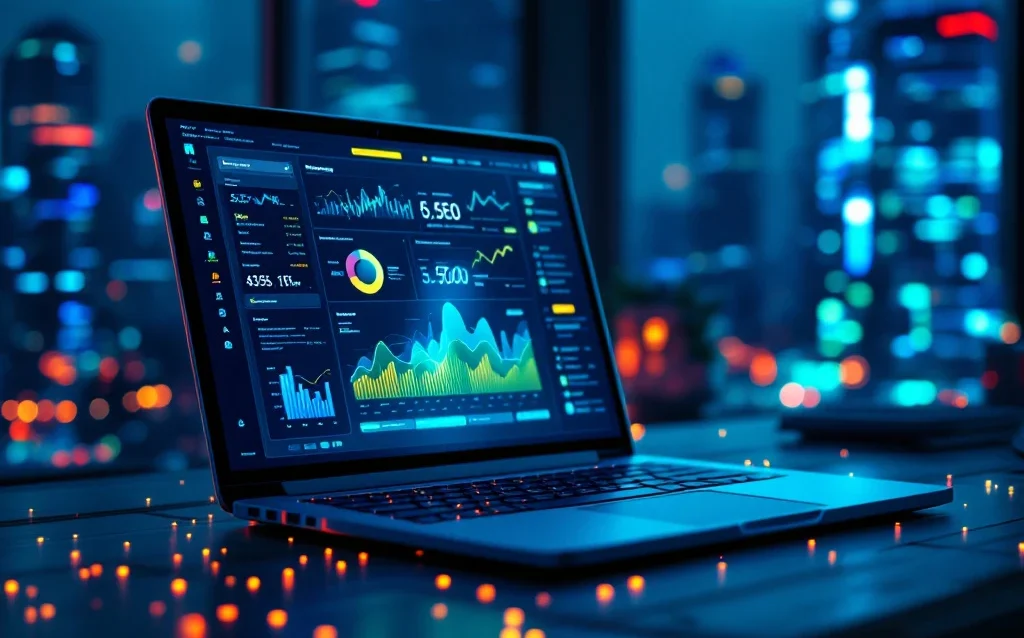Unlinked brand mentions are references to your company, product, or brand name on other websites without a hyperlink back to your site. These mentions represent valuable link building opportunities because the author already knows and trusts your brand enough to reference it. Finding and converting these unlinked mentions into actual backlinks can significantly improve your SEO performance and domain authority.
What are unlinked brand mentions and why do they matter for SEO?
Unlinked brand mentions occur when websites reference your brand name, company, or products without including a clickable link back to your site. Unlike linked mentions that provide direct SEO value through backlinks, unlinked mentions represent missed opportunities for link equity and referral traffic.
These mentions matter enormously for SEO because they indicate existing brand awareness and trust. When someone mentions your brand without prompting, they’re already familiar with your business. Converting these mentions into links is often easier than cold outreach because the relationship foundation already exists.
Unlinked mentions also play a crucial role in modern search visibility. Brand web mentions demonstrate the strongest correlation with AI Overview visibility, with research showing brands earning the most web mentions receive up to 10 times more mentions in AI search results compared to lower-mentioned brands. This makes finding and optimising unlinked mentions essential for both traditional SEO and Generative Engine Optimization.
The opportunity extends beyond individual backlinks. Each converted mention strengthens your overall link profile, improves domain authority, and increases the likelihood of earning future organic mentions and links from the same publishers.
Which tools can help you find unlinked brand mentions automatically?
Several monitoring tools can automatically detect unlinked brand mentions across the web. Google Alerts provides basic free monitoring by sending email notifications when your brand name appears online. Mention and Brand24 offer more comprehensive paid solutions with real-time tracking, sentiment analysis, and social media monitoring capabilities.
Professional SEO tools like Ahrefs and SEMrush include brand monitoring features within their broader toolsets. Ahrefs’ Content Explorer and Alerts function can track unlinked mentions whilst providing detailed backlink analysis. SEMrush’s Brand Monitoring tool combines mention tracking with competitor analysis and social listening capabilities.
For smaller businesses, Google Alerts remains the most accessible starting point. Set up alerts for your exact brand name, common misspellings, key personnel names, and product names. Use quotation marks around exact phrases to reduce irrelevant results.
Larger organisations typically benefit from paid solutions like Mention or Brand24, which offer advanced filtering, team collaboration features, and API access for integration with existing workflows. These tools provide more comprehensive coverage across news sites, blogs, forums, and social media platforms that Google Alerts might miss.
The choice between free and paid tools depends on your mention volume, team size, and budget. Most businesses start with Google Alerts and upgrade to paid solutions as their monitoring needs become more sophisticated.
How do you search for unlinked mentions using Google search operators?
Advanced Google search operators provide powerful manual methods for discovering unlinked brand mentions. The basic approach involves searching for your brand name in quotation marks while excluding your own domain using the minus operator: “Your Brand Name” -site:yourwebsite.com.
Expand your search coverage by including common variations and misspellings of your brand name. Search for “Your Brand Name” OR “Brand Variation” -site:yourwebsite.com to capture different ways people might reference your business. Include product names, key personnel, and branded terms in separate searches.
Use the intext: operator to find mentions within page content rather than just titles or URLs. Search intext:”Your Brand Name” -site:yourwebsite.com to discover mentions buried within articles and blog posts that might not appear in basic searches.
Time-based searches help identify recent mentions you might have missed. Add daterange parameters or use Google’s time filter to focus on mentions from the past month, week, or specific periods when you launched campaigns or products.
Combine operators for more targeted results. Search “Your Brand Name” intext:review -site:yourwebsite.com to find review mentions, or “Your Brand Name” filetype:pdf to discover mentions in documents and reports. These advanced searches often reveal high-value mention opportunities that automated tools miss.
What’s the best approach to reach out for unlinked mention conversions?
Successful outreach for unlinked mention conversions requires a personalised, value-focused approach rather than generic link requests. Start by thoroughly reading the content containing your mention to understand the context and author’s perspective. Reference specific details from their article to demonstrate genuine engagement with their work.
Your initial email should acknowledge the mention, express gratitude, and gently suggest adding a link for reader convenience. Frame the request around user experience rather than your SEO goals. For example: “I noticed you mentioned [Brand Name] in your excellent article about [topic]. Would you consider adding a link to help readers easily find more information?”
Timing significantly impacts response rates. Reach out within days of publication when the content is fresh in the author’s mind. Avoid busy periods like Monday mornings or late Friday afternoons when emails are more likely to be overlooked.
Build relationships beyond individual link requests. Follow the author on social media, share their content, and engage meaningfully with their work. This relationship-building approach increases the likelihood of positive responses and future collaboration opportunities.
Offer additional value when possible. Provide updated information, relevant resources, or expert quotes that could enhance their content. This transforms your outreach from a request into a valuable contribution to their work.
How do you track and measure your unlinked mention outreach success?
Effective tracking requires organised systems to monitor outreach campaigns, response rates, and conversion success. Create a spreadsheet or use CRM tools to record mention details, contact information, outreach dates, and response status. Include columns for follow-up reminders and conversion outcomes.
Key metrics include response rate (percentage of contacts who reply), conversion rate (percentage who add links), and average time from outreach to conversion. Track these metrics monthly to identify patterns and optimise your approach. Most successful campaigns achieve response rates between 10-30% and conversion rates of 5-15%.
Monitor the SEO impact of converted mentions using tools like Ahrefs or SEMrush to track new backlinks and domain rating changes. Set up alerts for your target URLs to receive notifications when new links are detected. This helps measure the tangible SEO value of your outreach efforts.
Quality matters more than quantity in mention conversion. Track the domain authority and relevance of sites that convert mentions into links. A single high-quality conversion often provides more SEO value than multiple low-quality links.
Regular reporting helps demonstrate ROI to stakeholders. Create monthly summaries showing mentions found, outreach conducted, links acquired, and estimated SEO value. Include examples of high-impact conversions to illustrate the programme’s effectiveness and justify continued investment in mention monitoring and outreach activities.
Finding and converting unlinked mentions represents one of the most efficient link building strategies available. The existing brand awareness makes outreach more successful than cold prospecting, while the SEO benefits extend beyond individual backlinks to improved overall domain authority. As AI search systems increasingly rely on brand mentions for visibility decisions, this practice becomes even more valuable for comprehensive SEO and GEO strategies.





